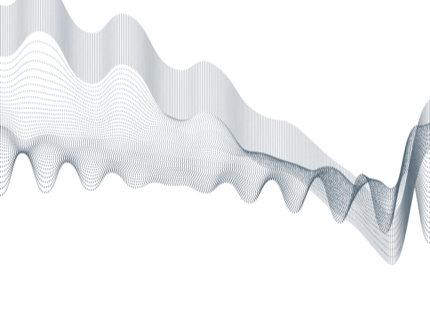Grupos de investigación
Ofertas de empleo
Actualmente no hay ofertas de trabajo disponibles.


El enorme aumento de la capacidad de acceso radio prevista para las siguientes generaciones de redes móviles ha incrementado los requisitos para una eficiente red de retorno inalámbrica de ultra-alta velocidad. Lamentablemente, el aumento de la eficiencia espectral de los sistemas SISO se ha saturado desde hace mucho tiempo y los actuales sistemas MIMO se caracterizan por un procesamiento demasiado complejo y un despliegue demasiado costoso, lo que limita su éxito comercial.
El objetivo de este proyecto es aprovechar las técnicas de aprendizaje profundo (Deep Learning-DL) para mejorar el rendimiento y reducir la complejidad de la implementación de los sistemas de comunicación de retroceso LoS MIMO. Específicamente, el objetivo es definir un enfoque de aprendizaje que pueda hacer frente a las diversas imperfecciones de hardware y entornos de canal presentes en los enlaces LoS MIMO con un espaciamiento de antena muy inferior a la distancia óptima.
La mayoría de los algoritmos de procesamiento de señales, codificación de canales y esquemas de modulación están basados en modelos lineales, estáticos y gaussianos. Sin embargo, los sistemas reales no suelen (siempre) tener estas propiedades. A menudo, los equipos tienen imperfecciones y no linealidades por razones de costo y complejidad, así como por limitaciones en el proceso de fabricación.
Estas imperfecciones pueden ser específicas de la clase de dispositivo, específicas de un dispositivo individual, o depender del entorno y cambiar el comportamiento del sistema a lo largo del tiempo (por ejemplo, en función de los cambios de temperatura). Por estas razones, los sistemas de procesamiento de señales comúnmente utilizados pueden depender de soluciones no óptimas para la comunicación. Además, las soluciones convencionales para superar imperfecciones específicas (y sus combinaciones) pueden no ser siempre prácticas, por ejemplo, la calibración exhaustiva de los dispositivos de la red de transporte de la red móvil instalados puede resultar demasiado costosa y compleja.
Por último, la DL puede permitir el funcionamiento de los equipos en el límite mismo de su especificación, cuando el mecanismo de compensación convencional tiene dificultades para hacer frente a las no linealidades, mientras que los enfoques de la DL tienen en cuenta implícitamente esas imperfecciones en el diseño de las comunicaciones. En este proyecto proponemos desarrollar un marco de DL que aprenda de las imperfecciones del hardware presente en el sistema inalámbrico de la red de transporte de la red móvil para mejorar la comunicación.
De esta manera, nuestro marco de DL puede ser optimizado para condiciones específicas del sistema, sin considerar cada imperfección individualmente y sin requerir el desarrollo de un nuevo modelo matemático para cada posible condición. Tener estas capacidades inherentes también permite diseñar sistemas basados en hardware aún más simples y baratos, siempre que el marco de DL sea capaz de hacer frente a las imperfecciones resultantes. Nuestro enfoque de aprendizaje profundo considera la información en tiempo real obtenida para el canal inalámbrico, para modelar una réplica del mismo en una red neuronal, y luego usar esta red neuronal en una estructura DL más grande diseñada para mejorar el enlace de la red de transporte de la red móvil.
Se considerarán diferentes parámetros para nuestro entorno de red neuronal: inicialmente, (i) los relacionados con las muestras de CI observadas en los lados del transmisor y el receptor, y (ii) los relacionados con las imperfecciones que no pueden medirse desde el canal, como las inherentes a los componentes de hardware del transmisor y el receptor. Este es, en efecto, un problema difícil, ya que los modelos matemáticos actuales no suelen incluir las imperfecciones de los equipos. Destacamos que la calidad del algoritmo puede verificarse comparando cómo mejora la relación señal-ruido (SNR) y la tasa de error binario (BER) en comparación con un sistema de comunicación construido con bloques de procesamiento convencionales.
Se diseñará y validará un marco de aprendizaje profundo para la capa física para diferentes plataformas de hardware, con el objetivo de optimizar la calidad del enlace de retroceso. En cuanto a la complejidad de la implementación, un uso eficiente de arquitecturas de computación concurrente como la proporcionada por las NPU (o, alternativamente, por las GPU) podría potencialmente permitir una reducción del consumo de energía con respecto al procesamiento tradicional basado en la sucesión de varios bloques independientes.
Actualmente no hay ofertas de trabajo disponibles.